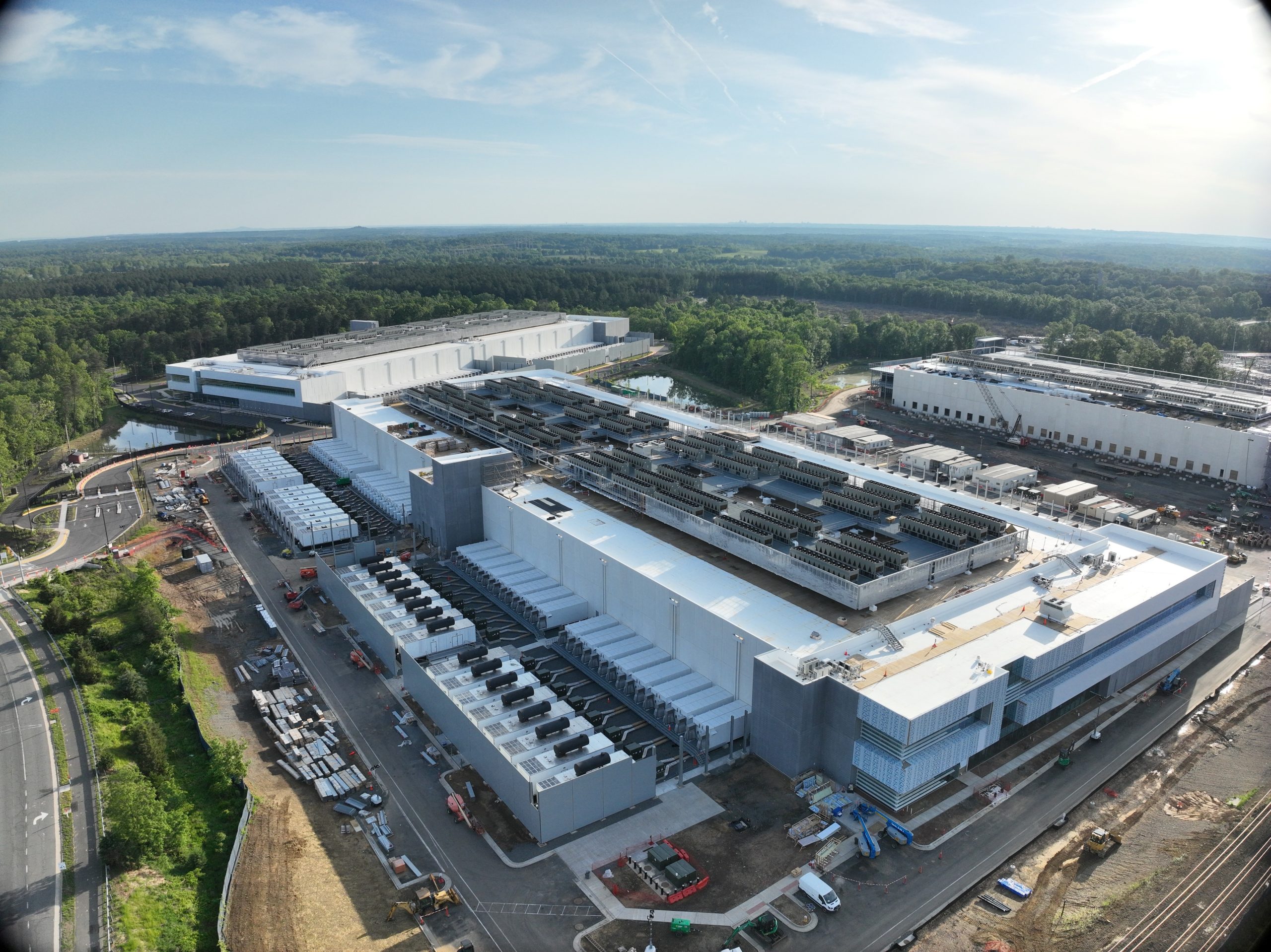AFIRE Summit Journal
A confluence of factors is creating one of the best lending environments since the post-GFC era, but changes in the competitive structure of the market will have a more dramatic impact over time.
Favorable lending conditions for nonbank commercial real estate lenders have emerged from a confluence of cyclical and structural tailwinds:
Changes in risk-based capital (RBC) rules for banks are creating two primary impacts:
- Reducing CRE debt appetite in general, due to higher capital requirements, particularly for high volatility commercial real estate (HVCRE)
- Motivating banks to make loans to nonbank lenders, rather than directly to borrowers. This strategy can be profitable, even at tighter credit spreads, due to favorable RBC treatment.
Nonbank lenders bridge the gap between debt and equity markets, offering a distinct advantage in offering more innovative structuring of the capital stack and the asset management skills that position them to optimize returns.
A volatile economic cycle resulted in the Federal Reserve raising short-term interest rates at the fastest pace in the last forty years. Increased borrowing costs are creating pressure throughout the capital stack, particularly for floating-rate loans and loans with near-term maturities. In addition, lower property sales activity slowed the volume of loan payoffs and restricted new lending capacity.








